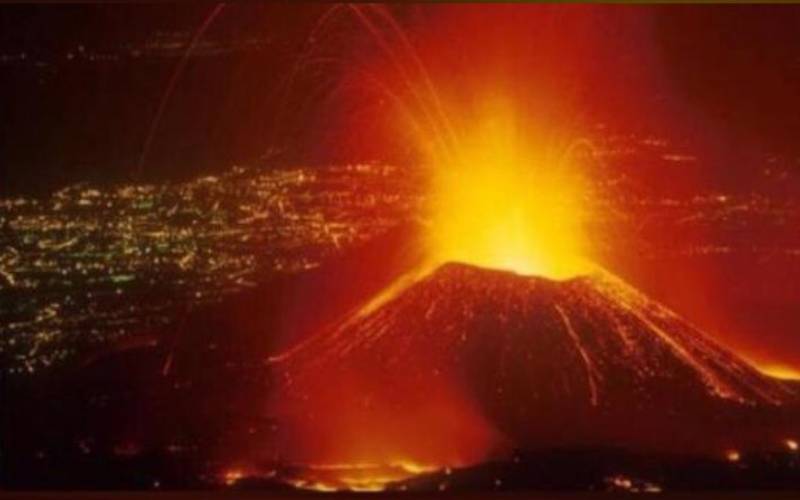×
The Standard e-Paper
Read Offline Anywhere

Mount Nyiragongo volcanic eruption is one of the most dangerous in Africa and a nightmare in waiting for those in DRC and parts of Rwanda, experts say.
This is because the lava excreted from the volcano (Mount Nyiragongo) lacks silica, a key component of volcanic lava.